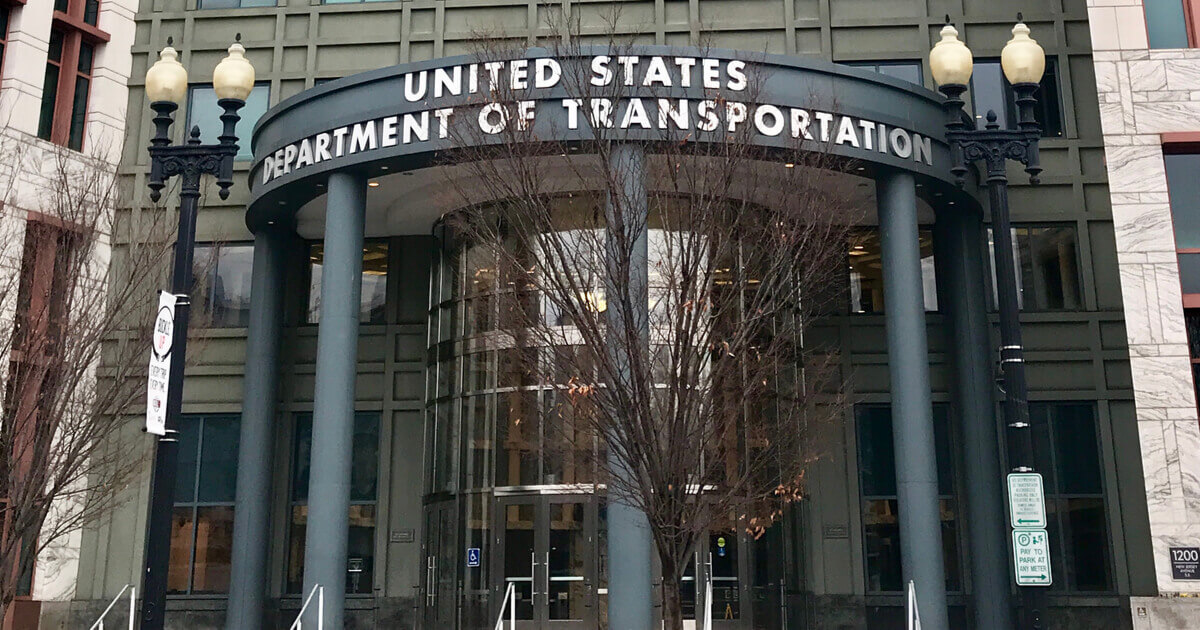
Fast-approaching changes to Federal Motor Carrier Safety Administration’s Drug & Alcohol Clearinghouse begin to modestly reduce the cumbersome vetting process for fleet operators beginning Jan. 6, 2023. But after three years, the Clearinghouse continues to reflect the slow pace of the federal government.
The system has reportedly compiled enough information that companies will no longer need to contact previous employers regarding failed drug and alcohol tests. Companies have been doing double duty, contacting former employers and running Clearinghouse checks.
“That was to make sure that there weren’t any gaps in the data. The issue with running those previous employment queries manually was not all that fruitful. When sending out these manual queries to the previous employers, you may get a 50 percent response rate if you’re lucky. It was a big problem because we just weren’t getting all the information we needed about the drivers that we’re hiring to make sure that they aren’t prohibited from operating,” Trucksafe Consulting president Brandon Wiseman reportedly said.
Recent Clearinghouse data indicates upwards of 113,995 drivers are in prohibited status and 86,500 had not begun the return-to-duty process. In order to start the return process, a trucker must see a substance abuse professional or begin treatment. Notably, there are more CDL holders prohibited from driving than the 80,000 truck driver workforce shortage. More than 42,515 drivers have successfully navigated the return-to-duty process since the program started.
Although fleet managers may not have to conduct manual inquiries regarding drivers’ drug and alcohol compliance, they will be reaching based on other regulations. Under 49 CFR 391.23, freight transportation outfits must request general driver identification and employment verification information from multiple employers. In that sense, the Clearinghouse has not necessarily eliminated the need to spend time reaching out to previous employers.
Fleet operators are also tasked with back-checking truckers who were involved in collisions recorded by the U.S. Department of Transportation. These accidents typically involved fatalities, serious injuries, legal action, or significant property damage.
While trucking operations may not experience relief from sometimes onerous background checks, the FMCSA reportedly plans to increase roadway safety by onboarding state-level DMVs. As of Nov. 18, 2024, state licensing agencies must run checks through the database when issuing, renewing, or upgrading CDLs. If a trucker is in prohibitive status, state agencies are required to suspend or downgrade the person’s license. This change is designed to close gaps that unsafe drivers exploit to evade consequences.
“Right now, we have a situation where a driver could be in prohibitive status and he or she could still have a valid CDL. If you run a (motor vehicle record) on the driver, that MVR might be showing that the driver has a valid CDL and is good to operate, but they are actually in prohibited status in the clearinghouse,” Wiseman reportedly said. “We want to link those two systems so that, eventually, when a driver is in prohibited status in the clearinghouse, it automatically negatively impacts their CDL status.”
More than 3 million CDL holders and 420,000 motor carriers are registered in FMCSA’s Drug & Alcohol Clearinghouse. Approximately 171,957 drug-related violations have been recorded along with 4,000 alcohol violations over three years.
Source: fleetowner.com











Leave a Comment